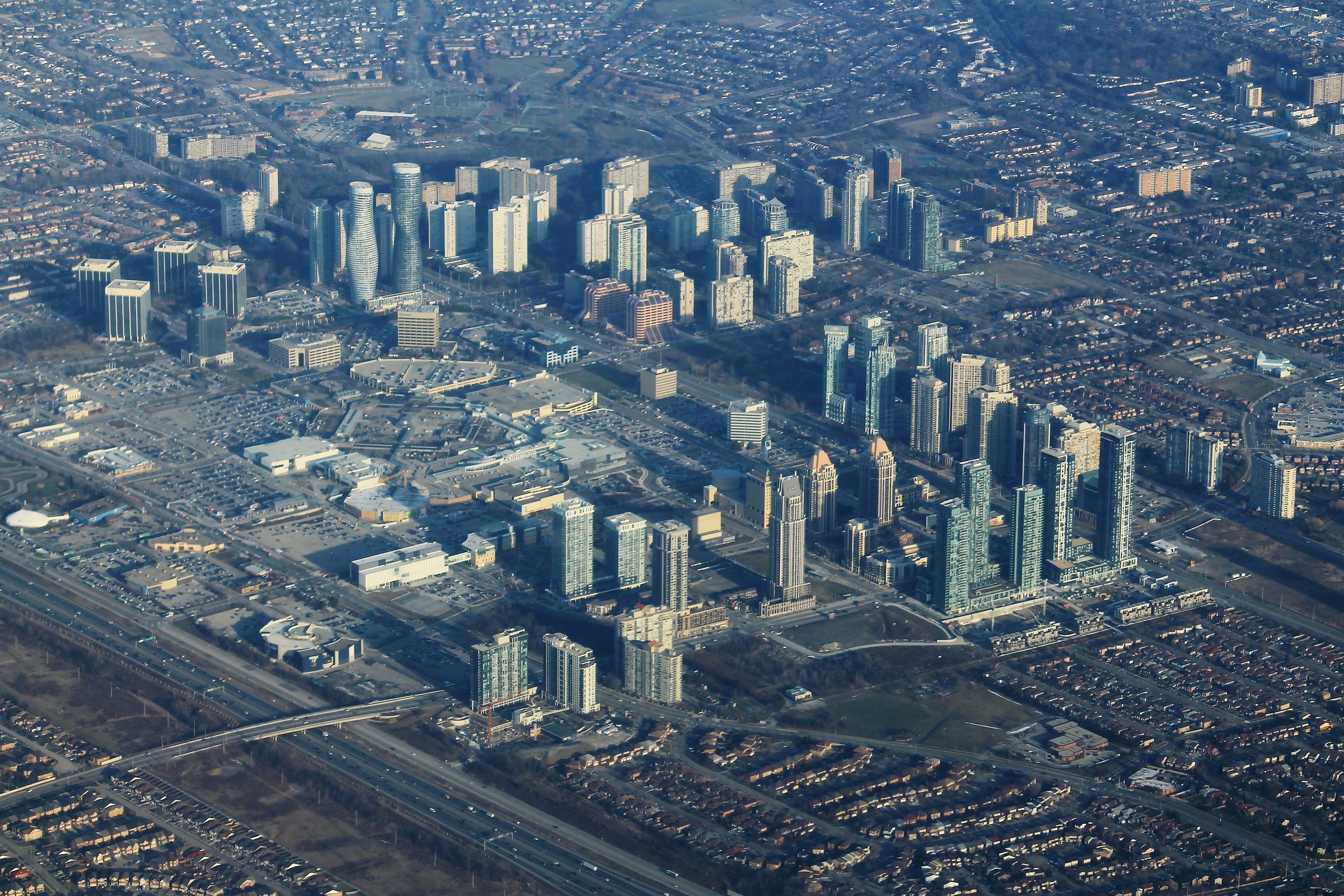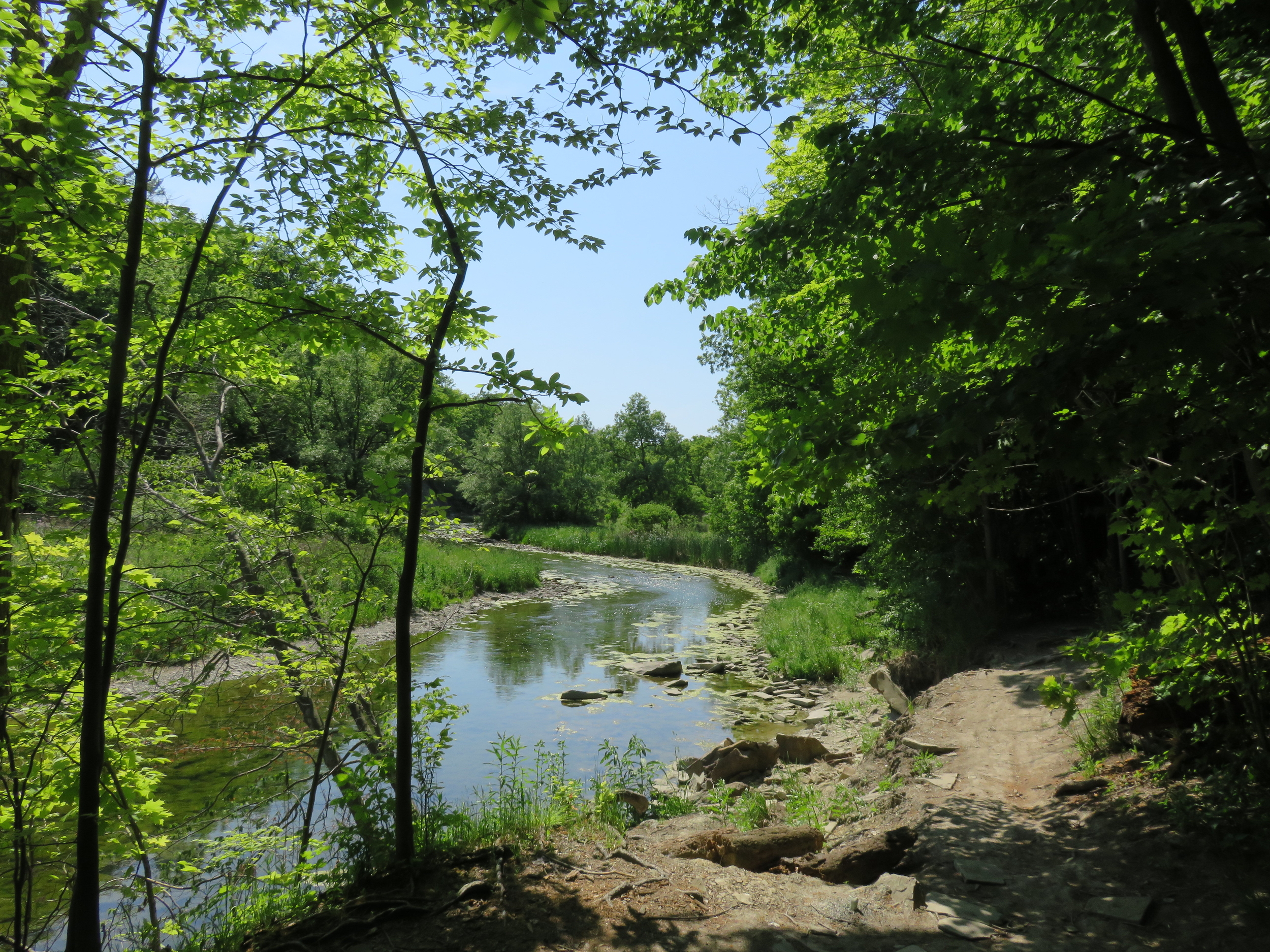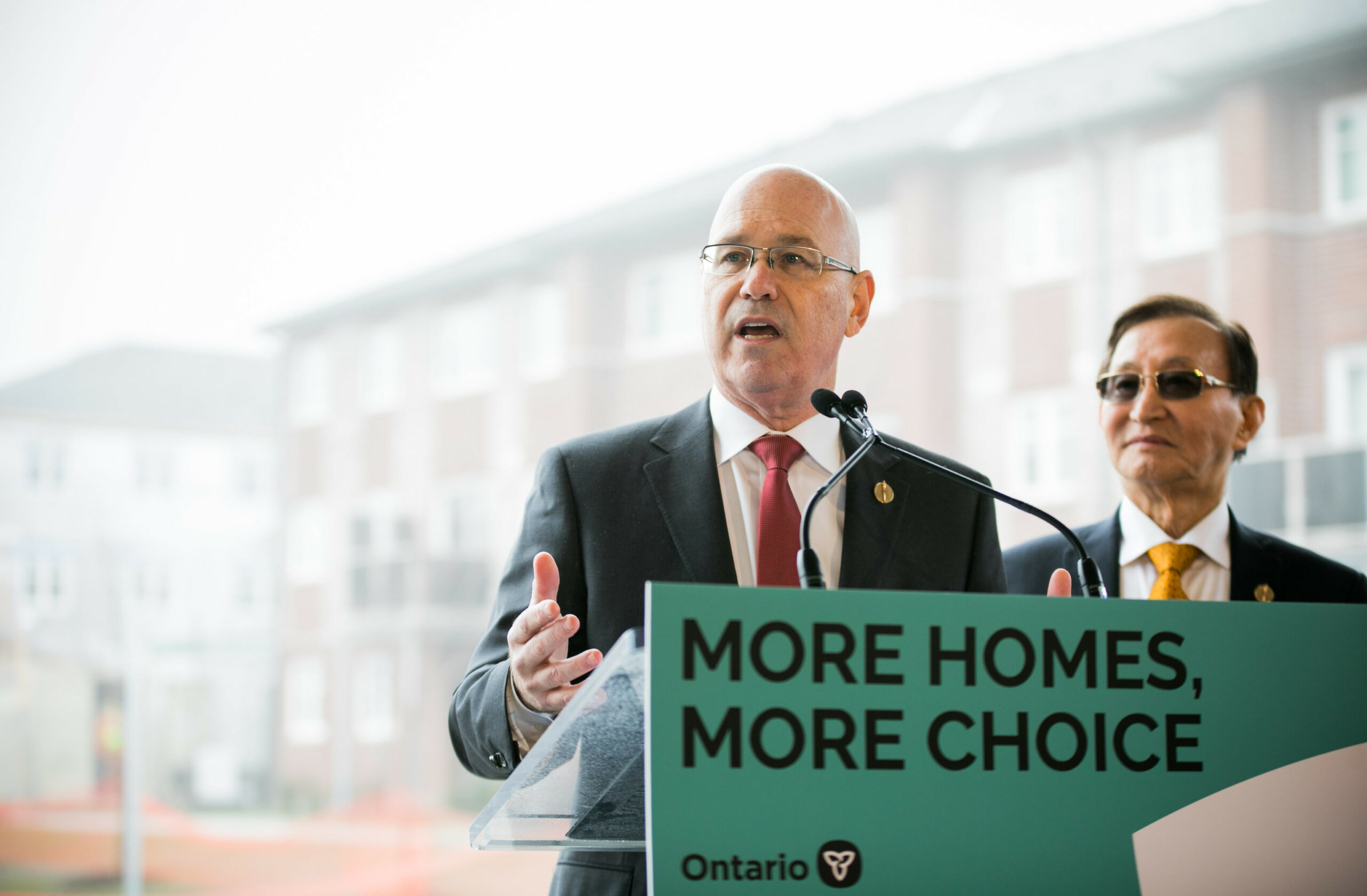
5 things to know about Winnipeg’s big sewage problem
115 billion litres, 70 years to fix, $5.5 billion in lawsuits
Update: Peel Regional council voted in favour of this proposal. Read more at insauga.com.
Ontario’s Peel Region, which encompasses bustling suburbs to the west and northwest of Toronto, is proposing to open up 10,000 acres of farmland for development.
The region — which is made up of the communities of Mississauga, Brampton and Caledon — is the latest to wrestle with questions about how it will plan for enormous growth while reckoning with a housing crisis and the consequences of urban sprawl. The Ontario government, which is in the midst of a public push to increase housing supply ahead of the 2022 provincial election, has ordered municipalities to firm up their plans for the next 30 years by July and pressured them to push their urban boundaries outward.
At the same time, farmland plays a key role in local ecology and in the fight against the climate crisis, and advocates say it shouldn’t be developed.
Planning staff in Peel are recommending the regional council sign off on what they call a “balanced” plan to meet those challenges. The proposal would place three-quarters of Peel’s expected growth within the region’s existing urban area. It would also open up 10,000 extra acres of land for development, mostly in south Caledon, which planners say is needed to deliver the lower-density neighbourhoods that many people still want to live in. It would all be centred around planned and existing transit, the region says.
Advocates say the new draft plan has a high environmental cost and won’t solve the core problem of low housing supply.
“It’s just an extraordinary expansion of more sprawl as a way to deal with growth,” said David Crombie, a former Progressive Conservative MP and Toronto mayor. “We now for sure know the destruction of farmland and destruction of ecological health and wealth does not deal with affordable housing, which is the issue.”
Peel is growing fast. The provincial government has told the region to expect another 700,000 people to move there over the next three decades — roughly the population that Brampton has now.
It’s also running out of space. Though Mississauga is known for its dense city centre packed with condos, both it and Brampton are home to sprawling, suburban neighbourhoods of single-family homes that have eaten up nearly all of the available land. And when it’s gone, it’s just gone. Mississauga, for example, now has development planned for its very last parcel of open land and is often used as an anti-sprawl cautionary tale. All the while, home prices have crept upward — the average cost of a home in Peel Region in March 2022 was nearly $1.3 million, according to the Toronto Regional Real Estate Board.

Caledon has neighbourhoods of single-family houses too, but it also has most of the region’s remaining farm fields and open space. A large portion of the town, which is situated along the Oak Ridges Moraine and the Niagara Escarpment, is included in Ontario’s Greenbelt. Some of the land Peel Region is proposing to designate for development is prime farmland in a zone unofficially known as the “whitebelt” — land between urban areas and the Greenbelt, which is ecologically connected to the protected area.
This area also includes the headwaters of Etobicoke Creek, a watershed draining south into Lake Ontario. The creek is “heavily urbanized” and has “generally poor” water quality already, according to a 2021 report from the Toronto and Region Conservation Authority, which oversees the watershed. More urbanization can lead to flooding — areas that are paved over can’t absorb water as easily as natural landscapes. In 1954, when the region was far less developed than it is now, Hurricane Hazel caused the creek to overflow its banks, killing seven people along the waterway and destroying 56 homes.
The conservation authority is currently in the process of updating its watershed plan for Etobicoke Creek. In an email to The Narwhal, spokesperson Diana Ginsberg Cohen said the organization will look at how future development might affect the waterway as part of that process, but can’t comment yet since the work hasn’t been completed.
Caledon Mayor Allan Thompson, who supports Peel’s proposed plan to open up more farmland for development, said the aim is to plan carefully to “both financially and environmentally sustain” protected habitats in the town.
“It is a tricky balance,” he wrote in an email. “Here in Caledon much is at stake and I would also say this is our opportunity to get it right.”
Adrian Smith, Peel Region’s chief planner and director of planning and growth management, said in a statement to The Narwhal that the plan would include housing that’s much more dense than what exists today. About 72 per cent of the planned growth would be something other than single-family or semi-detached homes, a far greater proportion than the 40 per cent it has right now. Smith also noted that the plan came with “comprehensive updates to environmental policies,” which accounted for climate change.

Critics say Peel could do more, including adding more density to the existing urban area to avoid losing farmland. Agricultural areas are a carbon sink, whereas suburbs tend to be car-dependent communities, which produce carbon emissions. Farmland is also a critical source of local food, another important aspect of climate change mitigation.
“Eating up more farmland is just nuts,” Crombie said.
Rahul Mehta, a Mississauga-based community organizer with the grassroots group Stop Sprawl Peel, said the plan perpetuates the myth that Mississauga and Brampton have already fallen for: that single-family homes are the only way to go. Though those two cities are beginning to reckon with what a diminishing supply of open land means for their futures — Mississauga in particular is now seeking higher-density development — that kind of long-term discussion is missing on the regional level, he said.
“In Mississauga, we’ve hit our urban boundary already,” he said. “Brampton is starting to come to terms with that … Whereas once you go to the regional level, it’s like, ‘Well, we still have Caledon that we can continue to grow into.’ ”
Mehta said he doesn’t believe simply maximizing the supply of single-family homes is enough to fix Peel’s housing problems — if it was, the rapid sprawl the region has seen in the last few decades should have made it more affordable to live there.
“That just has never happened in recent memory.”

Peel’s choice — and parallel ones playing out in municipalities across southern Ontario — were sparked by the Ford government’s larger rewrite of the plan guiding land use in the Greater Golden Horseshoe. In June 2020, the province ordered cities and regional municipalities like Peel to decide how they wanted to structure growth into 2051, an extra decade more than what’s customary. Organizations such as Environmental Defence have said the province’s population growth projections are overinflated, and that its guidelines require too much single-family housing and too little density.
Two municipalities, Halton Region and the City of Hamilton, have pushed back against the provincial guidelines, despite Municipal Affairs Minister Steve Clark’s warnings that he could override their decisions. Both voted instead to freeze their urban boundaries and accommodate new growth by making communities denser, with more options like mid-rise apartment buildings.
On April 1, Clark fired back, saying he might refer Hamilton’s plan to the Ontario Land Tribunal, a quasi-judicial body that rules on land planning disputes.
Peel has expressed concerns about the provincial process too. But unlike Halton and Hamilton, Peel’s council has signalled it’s more willing to follow the Ford government’s rules. Regional Chair Carolyn Parrish penned a draft letter to Clark, dated April 7, to register “concerns with the rigid provincially mandated policy framework.” At the same time, Parrish writes, the region has followed provincial guidelines and “recognizes” the minister could overrule the council if they disobey.
Peel Regional Council is scheduled to vote on the proposal on Thursday, April 14.
Updated on June 1, 2022 at 9:59 a.m. ET: This story was updated to include the result of the vote.
Get the inside scoop on The Narwhal’s environment and climate reporting by signing up for our free newsletter. On a warm September evening nearly 15...
Continue reading
115 billion litres, 70 years to fix, $5.5 billion in lawsuits

Climate change, geopolitics and business opportunities power a blue economy

10 billion litres of sewage are dumped into Winnipeg’s lakes and rivers each year. Some...
